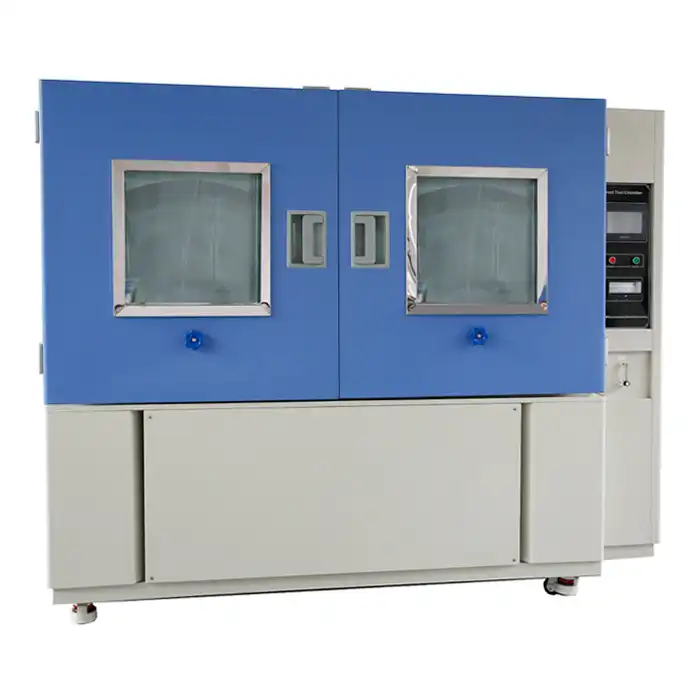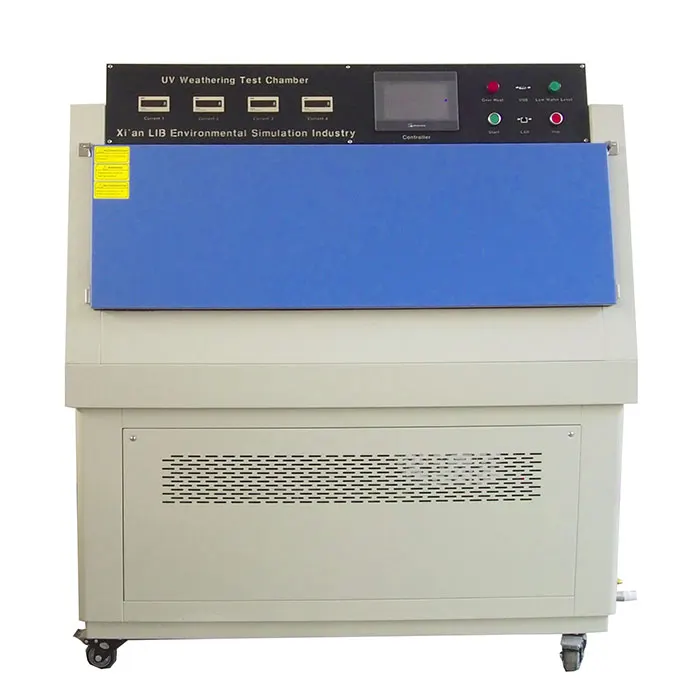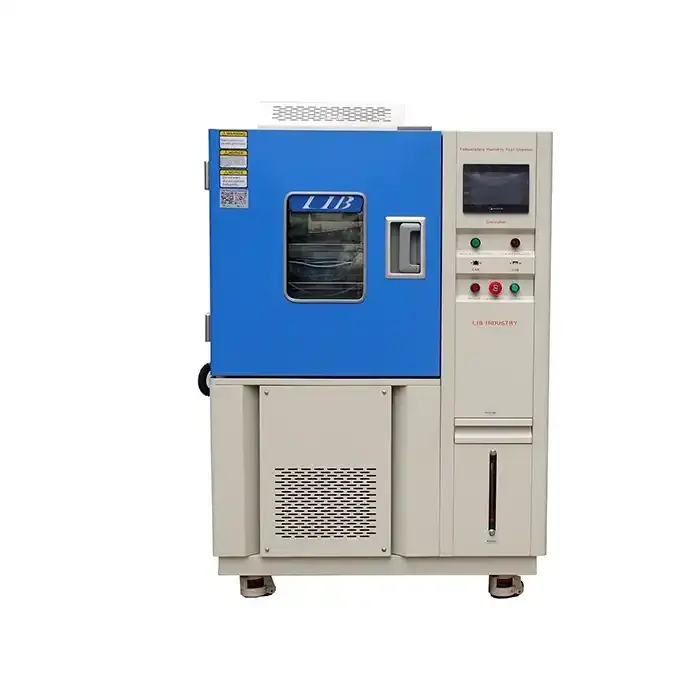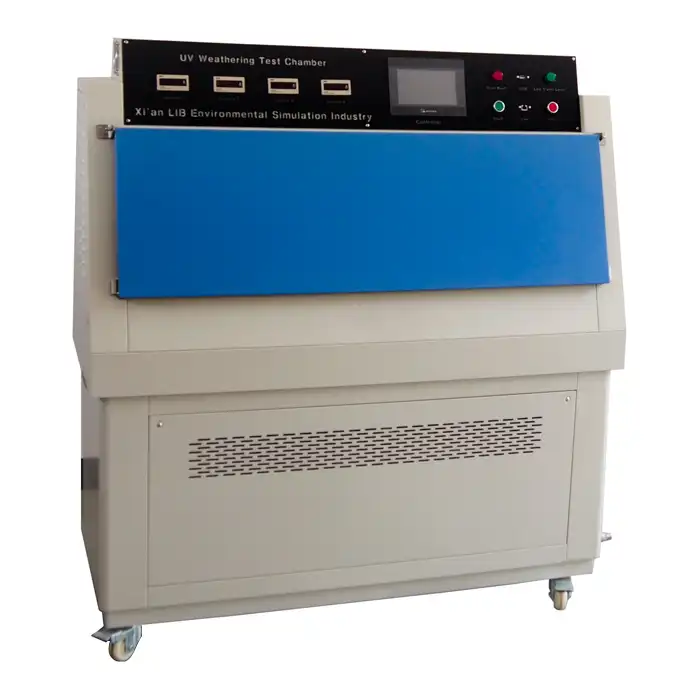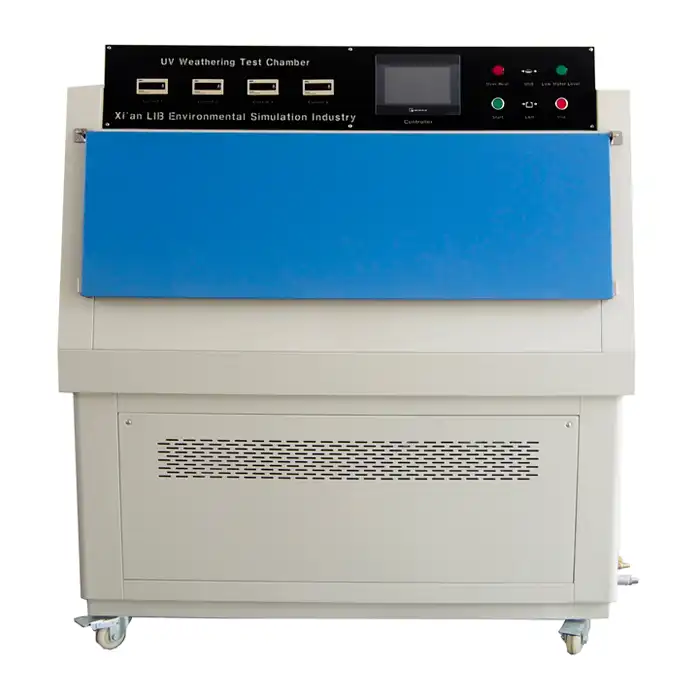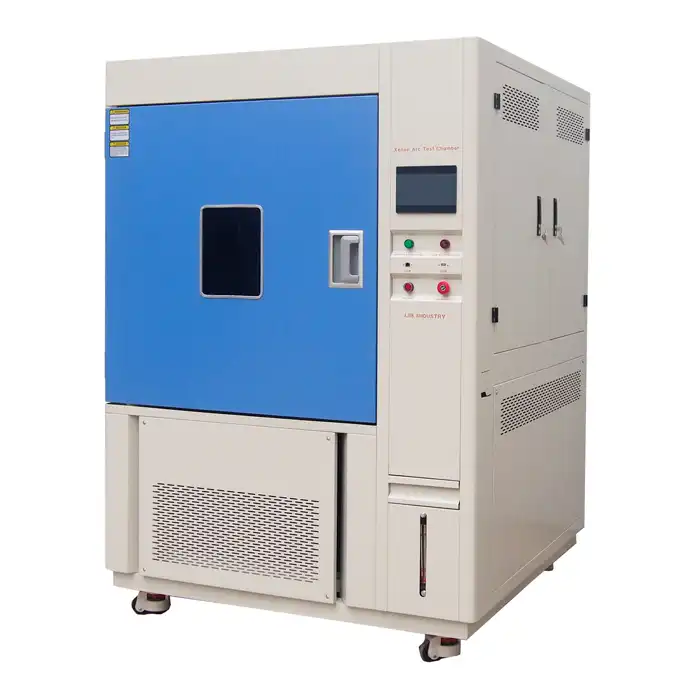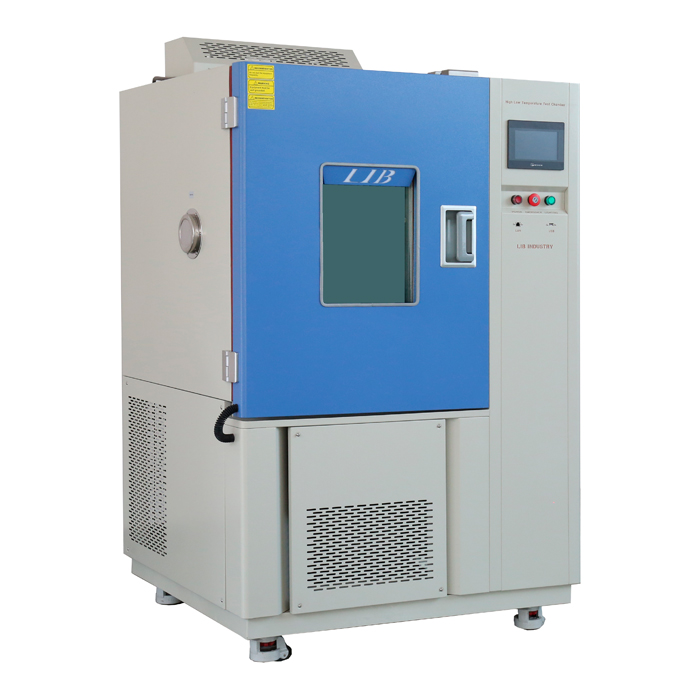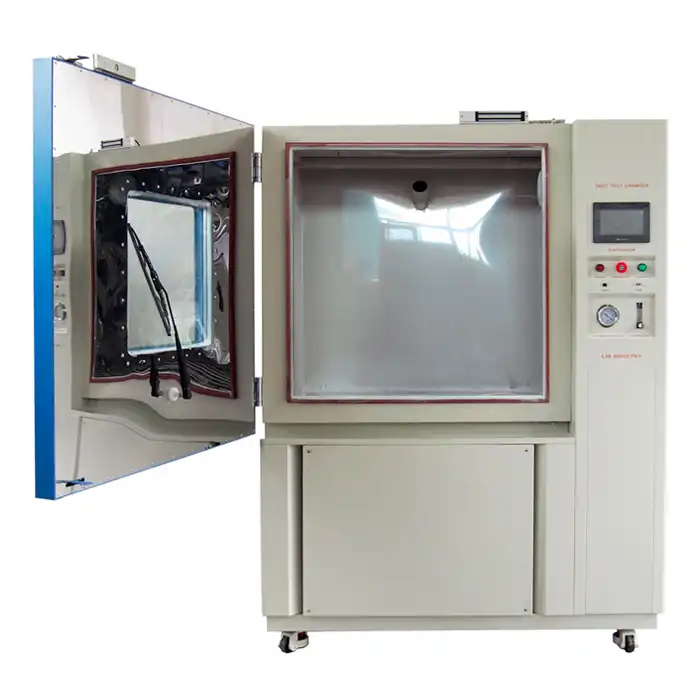What is the temperature of the environmental test chamber?
Environmental test chambers are indispensable tools in various industries, designed to simulate and control specific environmental conditions for testing products and materials. One of the most critical parameters in these chambers is temperature. Understanding the temperature capabilities and ranges of environmental test chambers is essential for selecting the right equipment for your testing needs.
♦Temperature Ranges in Environmental Test Chambers
Standard Temperature Ranges
Environmental test chambers typically offer a wide range of temperature capabilities to accommodate diverse testing requirements. Standard temperature ranges for most environmental test chambers fall between -70°C to +180°C (-94°F to +356°F). However, it's important to note that these ranges can vary depending on the specific model and manufacturer.
Extreme Temperature Capabilities
For specialized applications, some environmental test chambers can achieve even more extreme temperatures. Advanced models may reach ultra-low temperatures of -85°C (-121°F) or ultra-high temperatures of up to +300°C (+572 °F). These extreme temperature capabilities are particularly useful in aerospace, automotive, and electronics industries where products must withstand harsh environmental conditions.
Temperature Stability and Uniformity
Past the temperature range, the soundness and consistency of temperature inside the chamber are vital variables. Consistent test conditions are ensured by high-quality environmental test chambers that maintain temperature stability within ±0.5 °C or better. Depending on the chamber's size and design, temperature uniformity, or even temperature distribution throughout the chamber, is typically maintained within ±1°C to ±2°C.
♦Factors Affecting Temperature Performance in Environmental Test Chambers
Chamber Size and Design
The size and plan of an environmental test chamber are significant variables that straightforwardly impact its temperature execution and by and large proficiency. In order to maintain uniform temperatures throughout the workspace, larger chambers frequently necessitate heating and cooling systems that are more robust and sophisticated. Great protection is fundamental to limit heat misfortune or gain, subsequently keeping up with the ideal temperature range. In addition, a well-designed air circulation system is essential for even temperature distribution and the prevention of hot or cold spots. The chamber's precise engineering and construction materials also play important roles in ensuring accurate temperature control and low energy consumption.
Heating and Cooling Systems
The efficiency and capacity of heating and cooling systems are critical to an environmental test chamber's ability to achieve and maintain precise temperature conditions. Advanced chambers are equipped with high-performance heating elements and refrigeration units designed for rapid temperature transitions and stable control. For ultra-low temperature applications, cascade refrigeration systems are commonly used, leveraging multiple stages of cooling for enhanced efficiency. In scenarios requiring extremely low temperatures, liquid nitrogen cooling systems may be integrated, allowing the chamber to reach and sustain temperatures that conventional refrigeration systems cannot achieve, ensuring accurate and reliable testing under extreme conditions.
Control Systems and Sensors
State-of-the-art control systems and high-precision temperature sensors are vital components in maintaining accurate and stable temperatures within environmental test chambers. Modern chambers are often equipped with advanced microprocessor-based controllers that utilize PID (Proportional-Integral-Derivative) algorithms for exceptionally precise temperature regulation, enabling rapid adjustments and maintaining setpoints with minimal deviation. These systems are complemented by multiple temperature sensors strategically positioned throughout the chamber to provide real-time, accurate readings, ensuring uniformity and consistency across the testing environment. This combination of sophisticated controls and sensor technology is key to achieving reliable and reproducible test results.
♦Applications and Industry-Specific Temperature Requirements
Automotive Industry
In the automotive industry, environmental test chambers are crucial for simulating the diverse and extreme temperature conditions that vehicles and their components may face throughout their lifespan. These tests often involve rigorous temperature cycling, ranging from -40°C to +85°C (-40°F to +185°F), to assess the durability, reliability, and performance of automotive parts under varying climate conditions. Such testing ensures that components can withstand the stresses of real-world environments, from freezing cold to intense heat, ensuring safety and longevity.
Electronics and Semiconductor Testing
In the electronics and semiconductor industry, environmental test chambers are essential tools for evaluating the reliability and durability of components and devices under extreme conditions. Testing often involves subjecting these products to highly demanding temperature ranges, from as low as -65°C (-85°F) to as high as +150°C (+302°F). By exposing electronics to such extremes, manufacturers can identify potential failure points, assess performance under stress, and ensure that products meet rigorous standards for longevity and reliability. This rigorous testing process is critical for ensuring that electronic devices can perform consistently and safely across a wide range of environmental conditions.
Pharmaceutical and Biotechnology Applications
In the biotechnology and pharmaceutical sectors, environmental test chambers are essential for conducting stability tests on biological samples, medications, and vaccinations. With a temperature range of +2°C to +40°C (+35.6°F to +104°F), these chambers are intended to maintain exact and stable settings, guaranteeing reliable environmental control over long periods of time. Assessing the long-term effectiveness, shelf life, and safety of pharmaceutical goods requires this kind of stability. These tests assist in confirming that medications and biological samples retain their efficacy and integrity by mimicking real-world storage circumstances, thereby guaranteeing they adhere to strict regulatory requirements.
♦Conclusion
Understanding the temperature capabilities of environmental test chambers is crucial for selecting the right equipment for your specific testing needs. Whether you require standard temperature ranges or extreme conditions, modern environmental test chambers offer a wide array of options to meet diverse industry requirements. By considering factors such as chamber size, design, and control systems, you can ensure that your chosen environmental test chamber delivers the precise temperature performance necessary for your testing applications.
LIB Industry specializes in providing comprehensive turn-key solutions for environmental testing, including research, design, production, commissioning, delivery, installation, and training. Our expert team can help you select the ideal environmental test chamber with the appropriate temperature capabilities for your specific needs. For more information about our products and services, please contact us at info@libtestchamber.com.
References
1. Johnson, A. R. (2019). Environmental Testing: Principles and Applications. New York: Springer.
2. Smith, L. K., & Chen, W. (2020). Advances in Temperature Control for Environmental Test Chambers. Journal of Environmental Engineering, 45(3), 287-301.
3. Rodriguez, M. A. (2018). Temperature Uniformity in Environmental Test Chambers: Challenges and Solutions. IEEE Transactions on Instrumentation and Measurement, 67(8), 1854-1863.
4. Thompson, E. L., & Patel, R. (2021). Extreme Temperature Testing in the Automotive Industry: A Comprehensive Review. SAE International Journal of Materials and Manufacturing, 14(2), 157-172.
5. Yamamoto, H., & Lee, S. (2017). Precision Temperature Control in Pharmaceutical Stability Testing. Journal of Pharmaceutical Sciences, 106(5), 1315-1326.
6. Wilson, D. G. (2022). Environmental Test Chamber Design: Balancing Performance and Efficiency. ASHRAE Journal, 64(4), 42-49.



